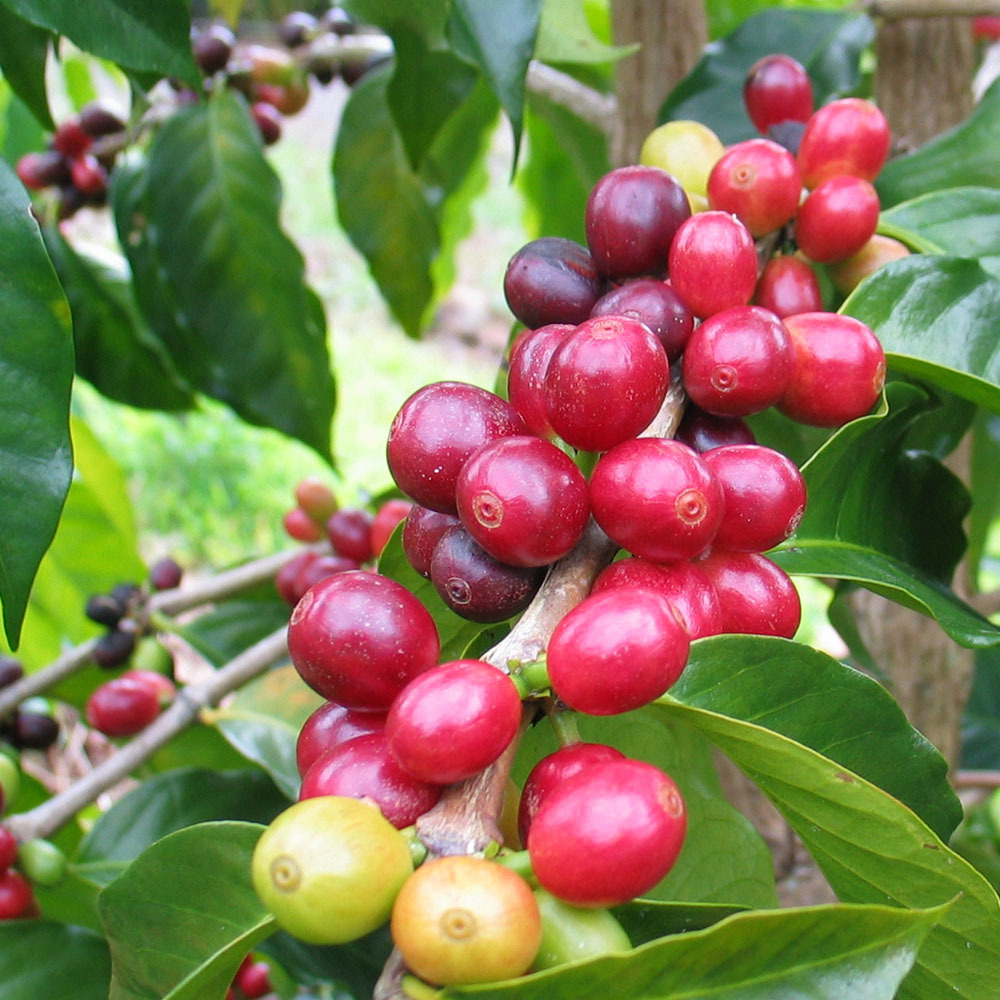Ethiopia Harald G4 rich texture and unique natural drying method of mocha incense
Ethiopia Harald G4 | EthiopiaHarrar Grade4
Harald coffee is cultivated by natural drying at an altitude of 1800m ∼ 2500m and exported to countries around the world through the city of Dire Dawa. Because of its high popularity and low production, the price is high relative to its grade, and it is one of the most beloved premium coffee in the world. Rich texture and unique mocha aroma, coupled with suitable sour taste and rich mocha aroma, add to the nobility of coffee.
Flavor characteristics: Aroma | Flavor | Acidity | Sweetness | Body | Aftertaste Roasting Point: Light | Cinamon | Medium | High | City | Fullcity | French | Italian Processing Method: Natural Species: Arabica Flavor: clear sweetness, fruit
Summary: capital of a country located in the northeast of the African continent: Addis Ababa (Addis Ababa)
Language: Amharic, English
Climate: temperate winter dry climate
Religion: Islam 4550%, Ethiopian Orthodox 3540%
Population: about 78.25 million (2008)
Monetary unit: bill (Br)
Per capita GDP: $390 (2009)
Production area: Harrar, Sidamo, Yirgacheffe, Limmu, Djimmah, Lekempti, Bebeka
Production varieties: Native Arabica, Bourbon, Typica, Others
Harvest time: October ∼ February
Planting height: 1500m ∼ 3000m
Grade: G1, G2, G3, G4, G5
Processing method: Wet-Process (Yirgacheffe, Sidamo, Limmu,Bebeka), Dry-Process (Harrar, Sidamo, Djimmah)

Important Notice :
前街咖啡 FrontStreet Coffee has moved to new addredd:
FrontStreet Coffee Address: 315,Donghua East Road,GuangZhou
Tel:020 38364473
- Prev

High acidity and strong aroma Tanzania AA | Tanzania AA African boutique coffee
Tanzania AA | Tanzania AA Tanzania Coffee is a premium brand coffee, which has received a great deal of attention recently. Most coffee is grown on small-scale farms and the coffee produced is mainly for export. Although the aroma of coffee is not much different from that of Kenya, a neighboring coffee producer, the production technology or raw bean processing equipment lags far behind Kenya. Tanzanian coffee
- Next

Introduction to the blending knowledge of espresso, blending of espresso
Beans for making espresso are usually made of several kinds of beans in proportion, but no matter what kind of beans are mixed, they are all aimed at achieving two goals: one is to reduce the cost, the other is to balance the taste and highlight the characteristics, no matter how good our match is, you should know that there is only one ultimate goal, that is, to reduce the cost.
Related
- Does Rose Summer choose Blue, Green or Red? Detailed explanation of Rose Summer Coffee plots and Classification in Panamanian Jade Manor
- What is the difference between the origin, producing area, processing plant, cooperative and manor of coffee beans?
- How fine does the espresso powder fit? how to grind the espresso?
- Sca coffee roasting degree color card coffee roasting degree 8 roasting color values what do you mean?
- The practice of lattes: how to make lattes at home
- Introduction to Indonesian Fine Coffee beans-- Java Coffee producing area of Indonesian Arabica Coffee
- How much will the flavor of light and medium roasted rose summer be expressed? What baking level is rose summer suitable for?
- Introduction to the characteristics of washing, sun-drying or wet-planing coffee commonly used in Mantenin, Indonesia
- Price characteristics of Arabica Coffee Bean Starbucks introduction to Manning Coffee Bean Taste producing area Variety Manor
- What is the authentic Yega flavor? What are the flavor characteristics of the really excellent Yejasuffi coffee beans?

